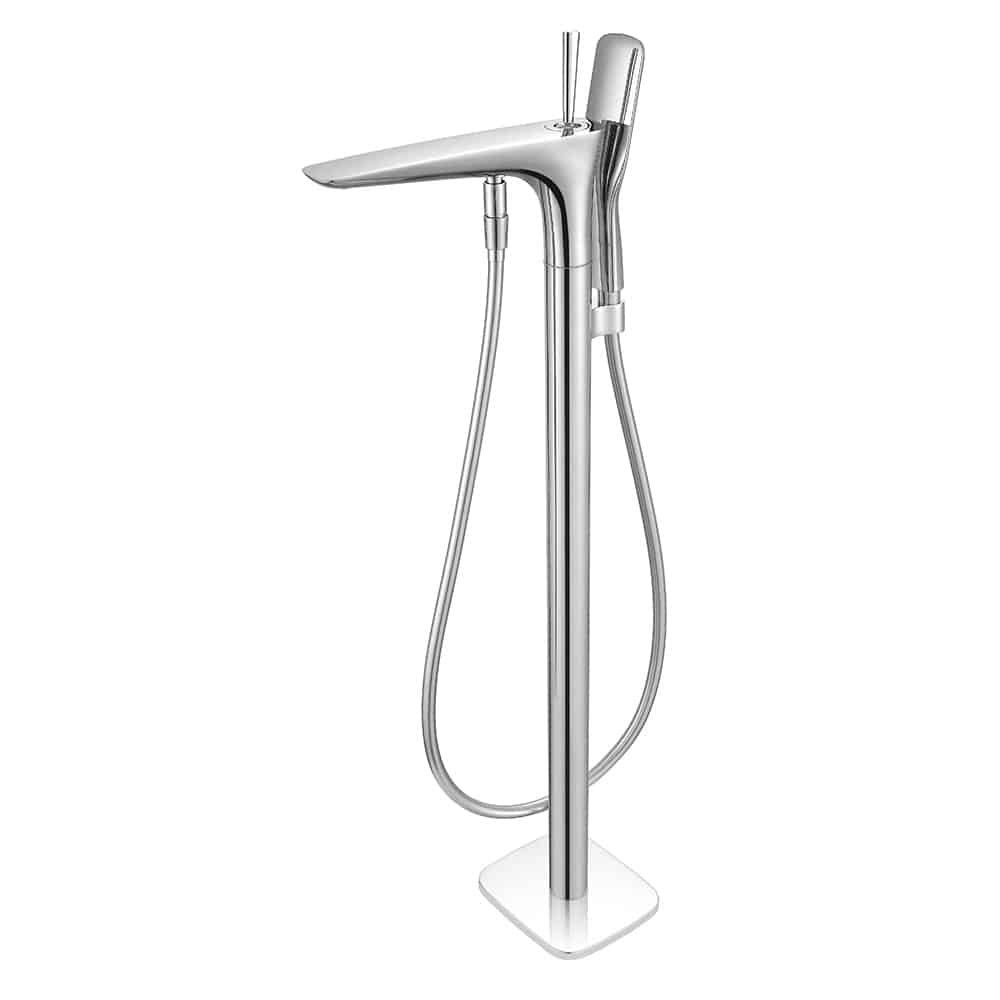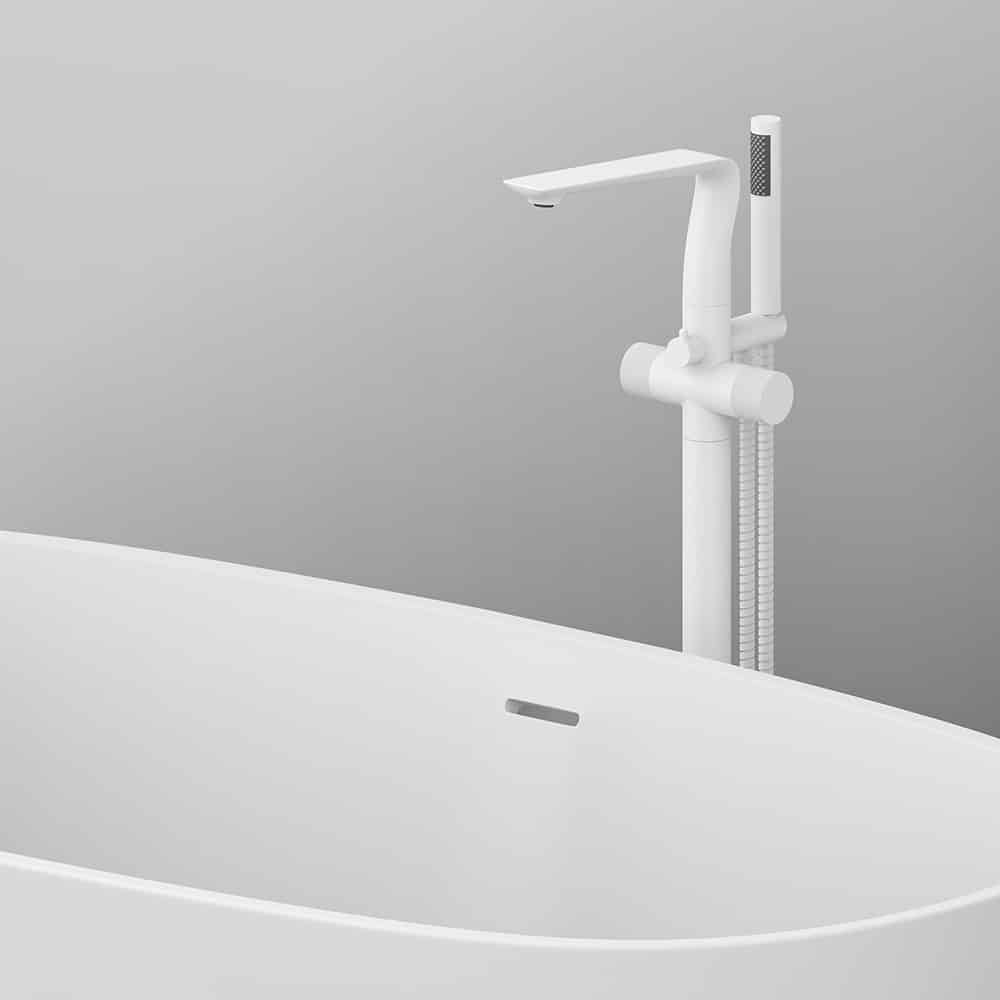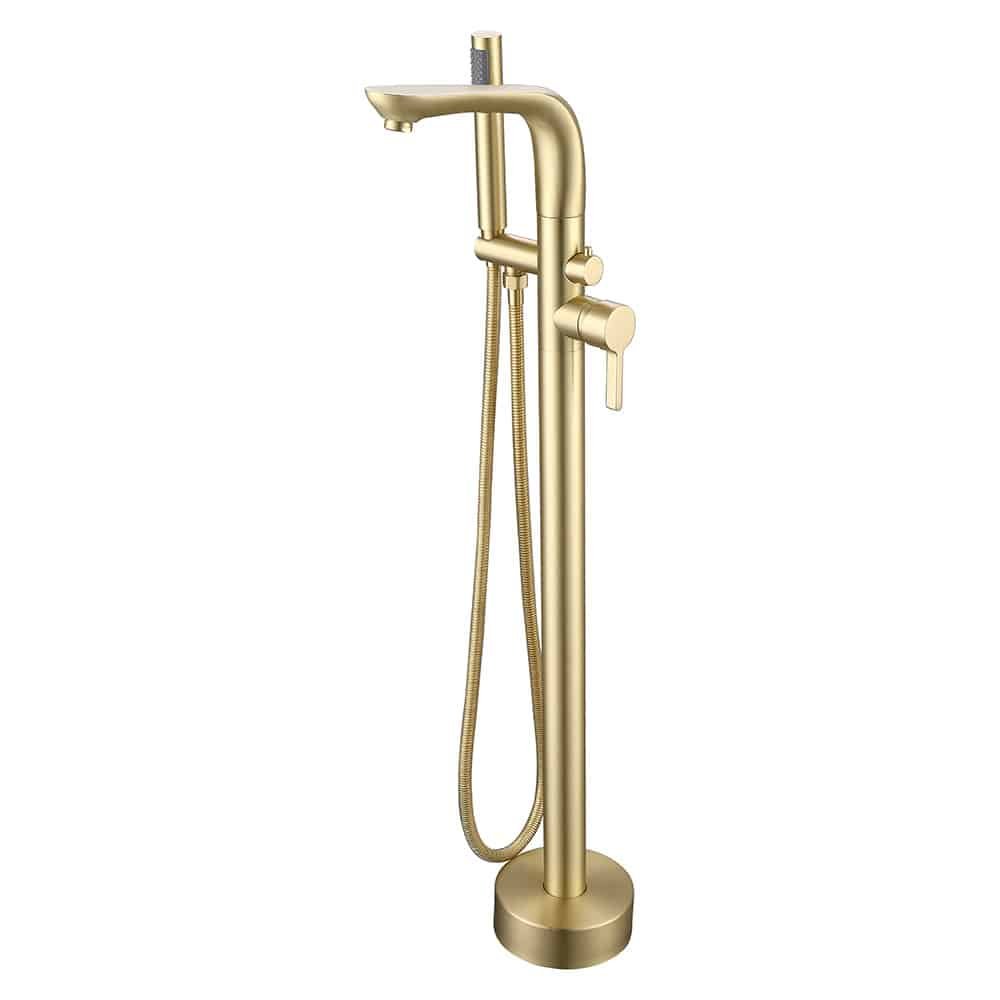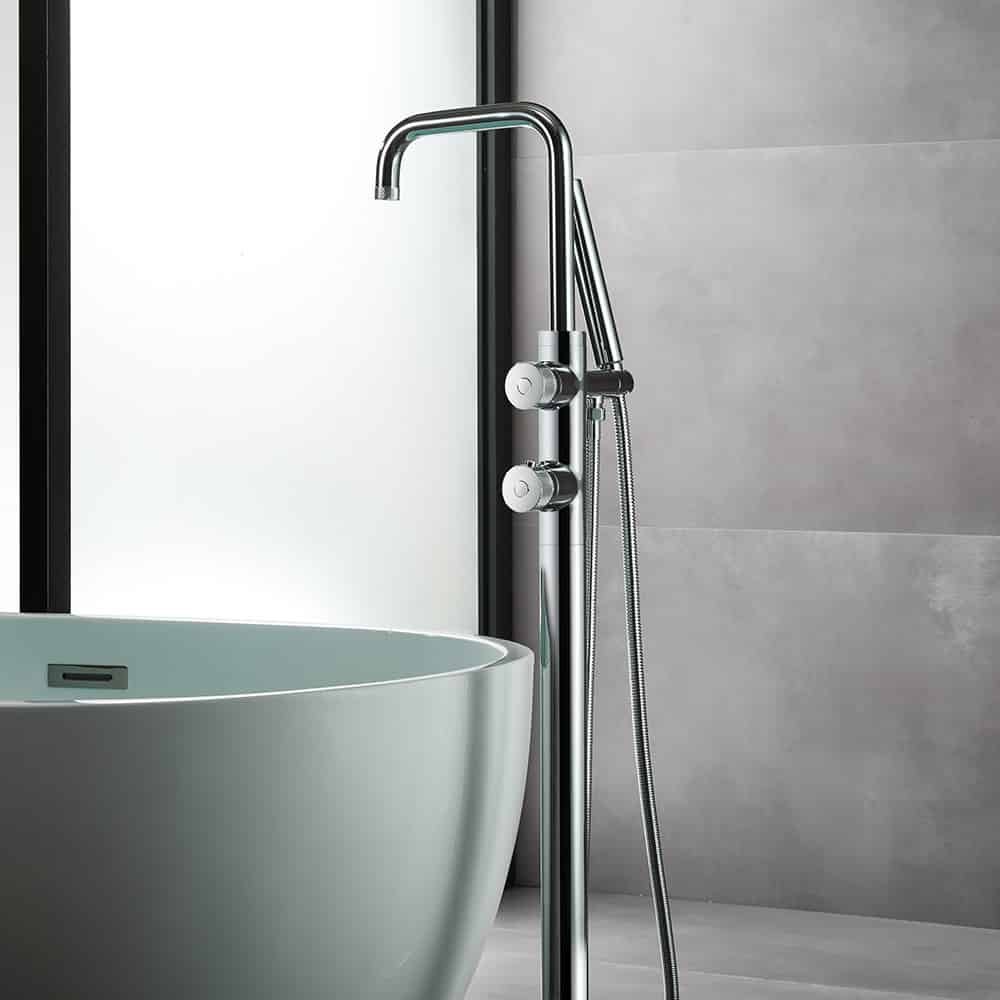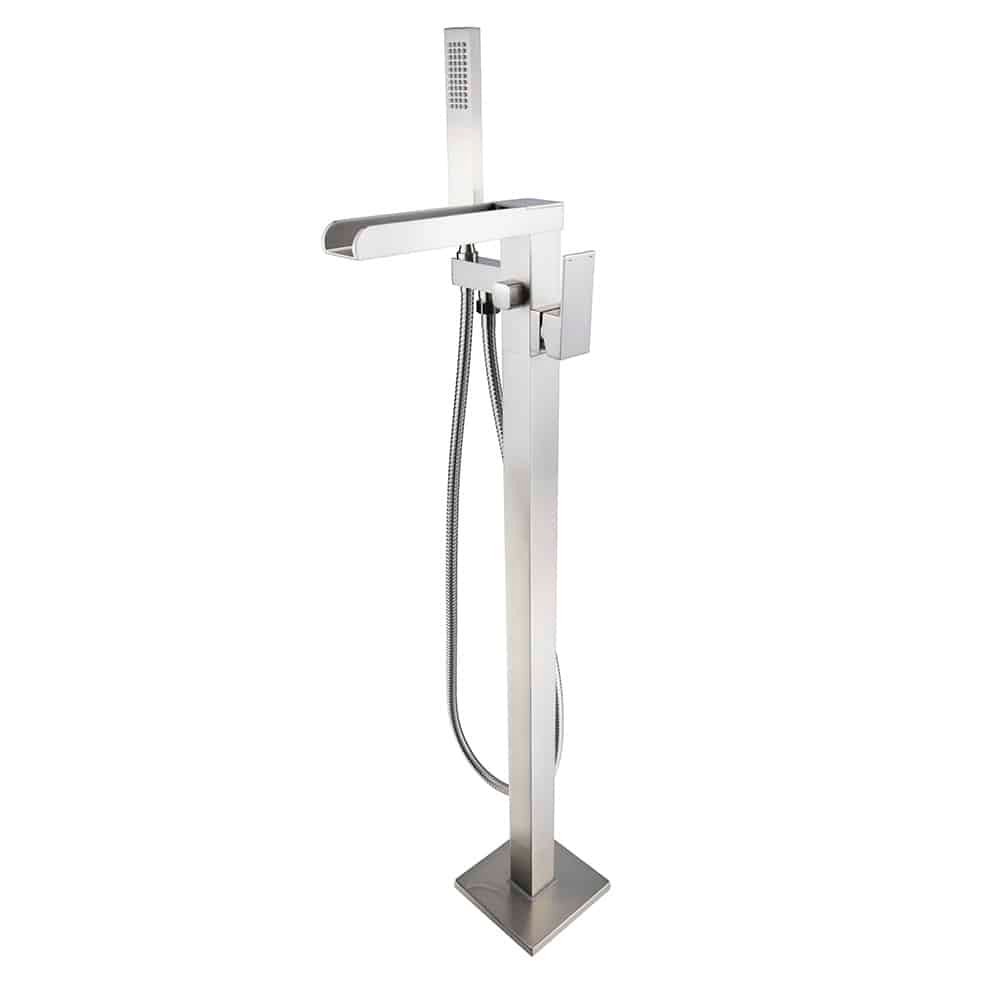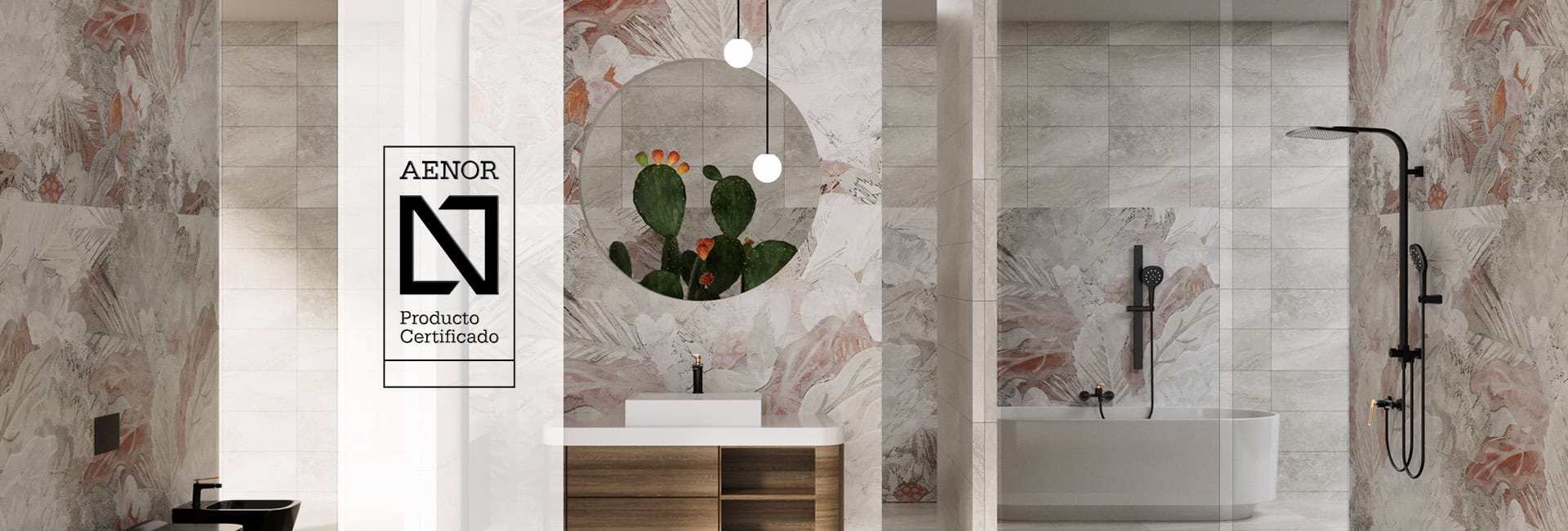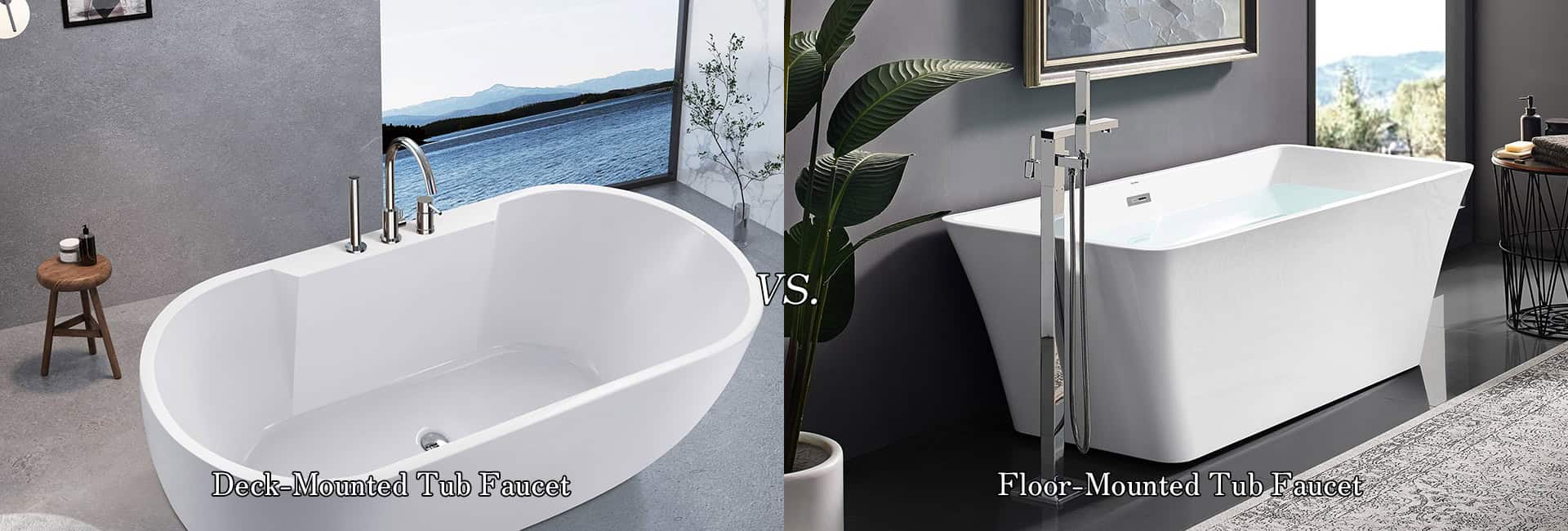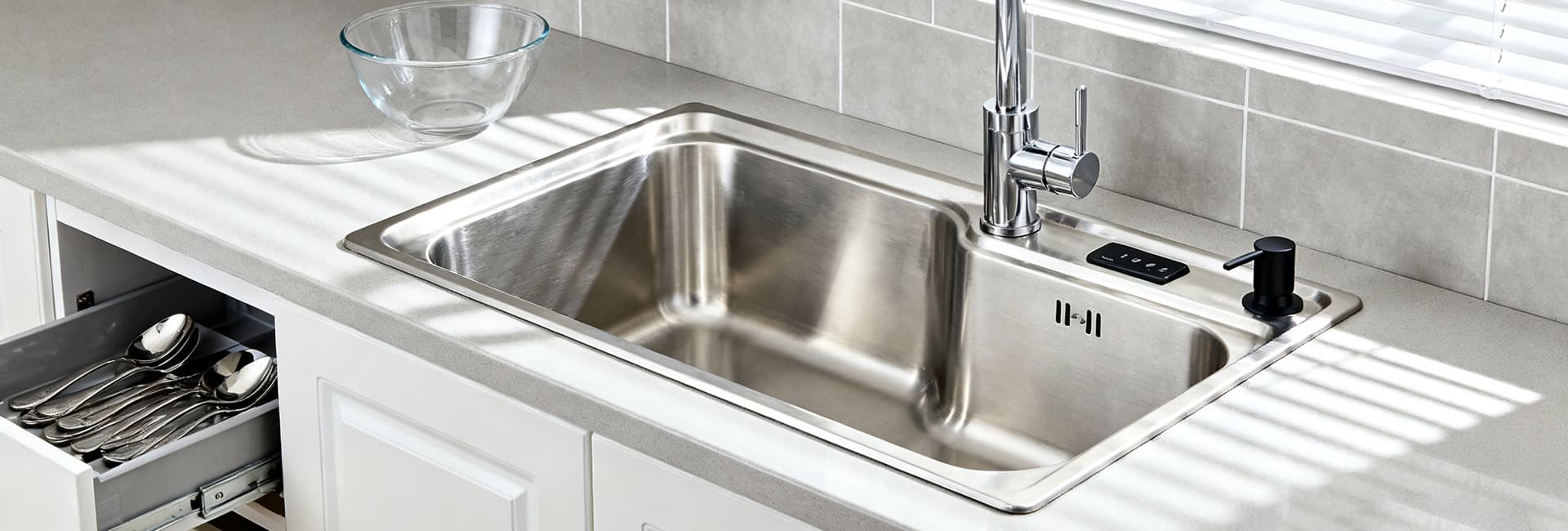Bathtubs stand as essential fixtures in modern homes, blending practicality with luxury and relaxation. This detailed guide dives into their rich history, explores the materials and designs that shape them, and highlights cutting-edge trends driving their evolution. Whether you plan a bathroom renovation or seek to understand this household staple, this post delivers comprehensive, actionable insights to help you choose the perfect bathtub.
A Brief History of Bathtubs
Bathtubs trace their roots back thousands of years, reflecting cultural shifts and technological advancements.
Today, bathtubs range from basic models to luxurious spa-inspired designs, reflecting their journey from rarity to everyday necessity.
Materials Used in Bathtub Construction
The material you choose impacts a bathtub’s durability, look, and price. Explore these common options:
Select a material based on your budget, style, and maintenance preferences to ensure lasting satisfaction.
Comparison of Common Bathtub Materials – A Quick Guide for Buyers
| Feature | Acrylic | Fiberglass | Enameled Cast Iron | Winner |
|---|---|---|---|---|
| Weight | 50 to 180 lbs, lightweight | 50 to 100 lbs, lightweight | 250 to 500 lbs, heavy | Acrylic (balance of weight and sturdiness) |
| Appearance | Variety of colors, shapes, and finishes; smooth and polished | Matte or semi-gloss, less refined, may fade over time | Classic look with porcelain enamel coating, often clawfoot or freestanding | Acrylic (versatile), Enameled Cast Iron (luxurious) |
| Durability | Durable, crack and chip resistant, though not as sturdy as cast iron | Least durable, prone to cracking, scratching, and fading | Most durable, enamel resists wear and tear | Enameled Cast Iron (best durability), Acrylic (long-lasting) |
| Maintenance | Low maintenance, resistant to mold, mildew, and stains | Requires frequent cleaning, may dull over time | Lowest maintenance, though damaged enamel is hard to clean | Acrylic (easiest to maintain) |
| Heat Retention | Good heat retention, provides comfort | Poor heat retention, water cools quickly | Excellent heat retention, great for long soaks | Enameled Cast Iron (best heat retention) |
| Cost | $300–$1,200, mid-range | $150–$500, most budget-friendly | $900–$3,000, expensive | Acrylic (best value), Fiberglass (most affordable) |
Types and Designs of Bathtubs
Bathtubs vary widely in style and function, catering to diverse spaces and needs. Below, we classify them by shape, function, and installation method for a comprehensive understanding.
By Shape
- Square Bathtubs: Featuring clean, straight lines, these suit modern bathroom aesthetics and are often used in built-in installations.

- Oval Bathtubs: With soft, curved edges, they offer a comfortable soaking experience and are popular in freestanding designs.

-
Clawfoot Bathtubs: Featuring ornate feet, typically made of cast iron or brass, these freestanding tubs exude vintage elegance and are ideal for classic or luxurious bathrooms.

- Round Bathtubs: Space-efficient with a luxurious feel, these are ideal for larger bathrooms and frequently include whirlpool features.

- Corner (Fan-Shaped) Bathtubs: Designed to fit snugly into corners, they maximize space in smaller bathrooms.

- Heart-Shaped Bathtubs: A romantic option for couples, these often come with whirlpool jets for added indulgence.

By Function
- Standard Bathtubs: Simple and practical, these meet everyday bathing and relaxation needs.

- Walk-In (Accessible) Bathtubs: Built for those with limited mobility, they feature low thresholds, grab bars, and seats for safety and ease of use.

- Whirlpool (Massage) Bathtubs: Equipped with water or air jets, these provide a spa-like experience, enhancing relaxation and hydrotherapy benefits.

By Installation Method
- Freestanding Bathtubs:
-
- Pros: Install easily without wall or floor modifications, offering flexibility to move or relocate. Their diverse shapes (e.g., clawfoot, slipper) and materials enhance decorative appeal. Maintenance is straightforward, as you can access all sides.
- Cons: Require significant space (at least 2m x 2m) for comfort, making them less suitable for small bathrooms. Stability may need reinforcement with adhesive bases. They lack nearby surfaces for toiletries, and stepping in can challenge elderly or young users. Cleaning under and around the tub may create hygiene blind spots.

- Alcove (Embedded) Bathtubs:
-
- Pros: Save space by fitting into walls or floors, ideal for small bathrooms. Their seamless integration creates a modern, cohesive look. High stability ensures safety, and cleaning is simple with fewer hidden areas.
- Cons: Installation is complex, requiring structural modifications for weight, waterproofing, and drainage. Repairs may involve removing the tub or surrounding structures. Fixed positioning limits layout flexibility, and wall or floor joints can harbor dirt.

- Skirted Bathtubs:
-
- Pros: Install easily without extensive structural support, as the skirt conceals plumbing and adds a finished look. The skirt prevents water spillage, keeping the bathroom dry and reducing waste.
- Cons: Skirt interiors can trap dirt, requiring regular cleaning. Repairs, like fixing leaks or seals, are tricky due to restricted access. Fixed placement and larger footprint make them less ideal for compact spaces.

Standard sizes span 5 to 6 feet long and 30 to 48 inches wide, but custom options offer endless variety.
Modern Trends and Innovations in Bathtub Design
Bathtub design evolves with technology and consumer demands. Check out these exciting trends:
- Smart Bathtubs: Control temperature, lighting, or music with voice commands or apps. Some preheat water for instant comfort.
- Modular Designs: Customize shape, size, and features to match your bathroom’s layout and your personal taste.
- Sustainable Materials»: Opt for tubs made from recycled acrylic, bamboo, or reclaimed wood to reduce environmental impact without sacrificing style.
- Minimalist Looks: Clean lines and neutral tones create spa-like vibes, aligning with modern aesthetics.
These advancements enhance functionality and appeal to eco-conscious and tech-savvy homeowners.
Practical Information: Installation, Maintenance, and Costs
Installing and maintaining a bathtub requires careful planning. Here’s what you need to know:
- Installation: Prepare the space, connect plumbing, and secure the tub. Alcove models may need tiling or surrounds. Hire professionals to avoid leaks and ensure a perfect fit.
-
- Drainage and Plumbing: Proper drainage is critical during installation. The bathtub’s drain must align with the home’s main plumbing system, requiring compatible drainpipe size and positioning. Consult a licensed plumber to ensure a smooth, leak-free setup.
- Weight and Second-Floor Support: Bathtub weight varies significantly by material—cast iron tubs can weigh hundreds of pounds, while acrylic models are much lighter. For second-floor installations, evaluate the floor’s structural capacity. A structural engineer can confirm whether reinforcement is needed to support the tub, water, and user weight.
- Maintenance: Clean regularly with non-abrasive products to prevent mold and scum. Avoid harsh chemicals on acrylic or fiberglass to preserve the finish.
- Costs: Prices range from $200 for basic alcove tubs to over $5,000 for freestanding or whirlpool models. Installation adds $500 to $1,500, depending on complexity.
Invest time and care to keep your bathtub functional and beautiful for decades.
Common Bathtub Problems and Solutions
Bathtubs can develop issues over time, but most are fixable with the right approach. Here are common problems and their solutions:
| Problem | Cause | Solution |
|---|---|---|
| Yellowing or Mold (on acrylic bathtubs) |
Prolonged moisture or improper cleaning | Soak in water-vinegar solution for hours or use vinegar-soaked cloths; or apply vinegar-baking soda paste, scrub, and rinse. |
| Surface Scratches | Hard objects or long-term wear | Apply toothpaste or repair agent. Lightly sand minor scratches and apply repair agent. Deep scratches may require professional repair. |
| Cracks or Damage | Long-term use or external impact | Fill small cracks with waterproof sealant. Larger cracks may need professional repair or bathtub replacement. |
| Leaks | Aging sealant, loose connections, or damaged pipes | Replace old sealant, tighten connections with a screwdriver, or replace damaged drainpipes. |
| Clogs» | Hair, soap scum, or debris in the drain | Use drain cleaner as directed, or a wire tool for severe clogs. Clean regularly to prevent buildup. |
| Odors | Bacterial growth from persistent moisture | Disinfect with a bathtub-safe cleaner and ensure proper ventilation to keep the tub dry. |
Health and Wellness Benefits of Bathtubs
Bathtubs offer more than cleanliness—they boost well-being.
- Relaxation: A warm soak eases muscle tension, reduces stress, and improves sleep. Water’s buoyancy relieves joint pressure.
- Hydrotherapy: Jets in whirlpool or air baths enhance circulation and soothe pain, aiding conditions like arthritis.
- Mental Health: Studies link regular bathing to lower anxiety and depression, uplifting mood and focus.
Incorporate bathing into your routine for physical and emotional health gains.
Environmental Considerations
Sustainability shapes modern bathtub options. Explore these eco-friendly features:
- Water-Saving Designs: Shallower or smaller tubs cut water use while maintaining comfort.
- Eco-Friendly Materials: Choose recycled or renewable resources like natural stone or bamboo for a greener footprint.
- Energy Efficiency: Heat-retaining materials or built-in heaters reduce energy demands for hot water.
These choices support the planet and can lower utility bills over time.
What Faucet Goes with a Bathtub?
- Freestanding bath filler taps – Ideal for standalone tubs, offering style and flexibility.
- Tub spouts – Great for built-in tubs, providing a clean, wall-mounted look.
Conclusion
Bathtubs have transformed from ancient luxuries to modern essentials, offering style, comfort, and health benefits. From freestanding classics to smart, sustainable designs, options abound to fit every home and lifestyle. Armed with this guide’s insights on history, materials, and trends, you can confidently select a bathtub that elevates your bathroom.
FAQs
About Luxuryhome
Luxuryhome is not just a faucet manufacturer or wholesaler, but more like a partner who can provide you with more added value.
We are united in our determination to produce China-made bath and kitchen fixtures adhering to the highest ethical principles. You have our promise!
More post you may interested in

